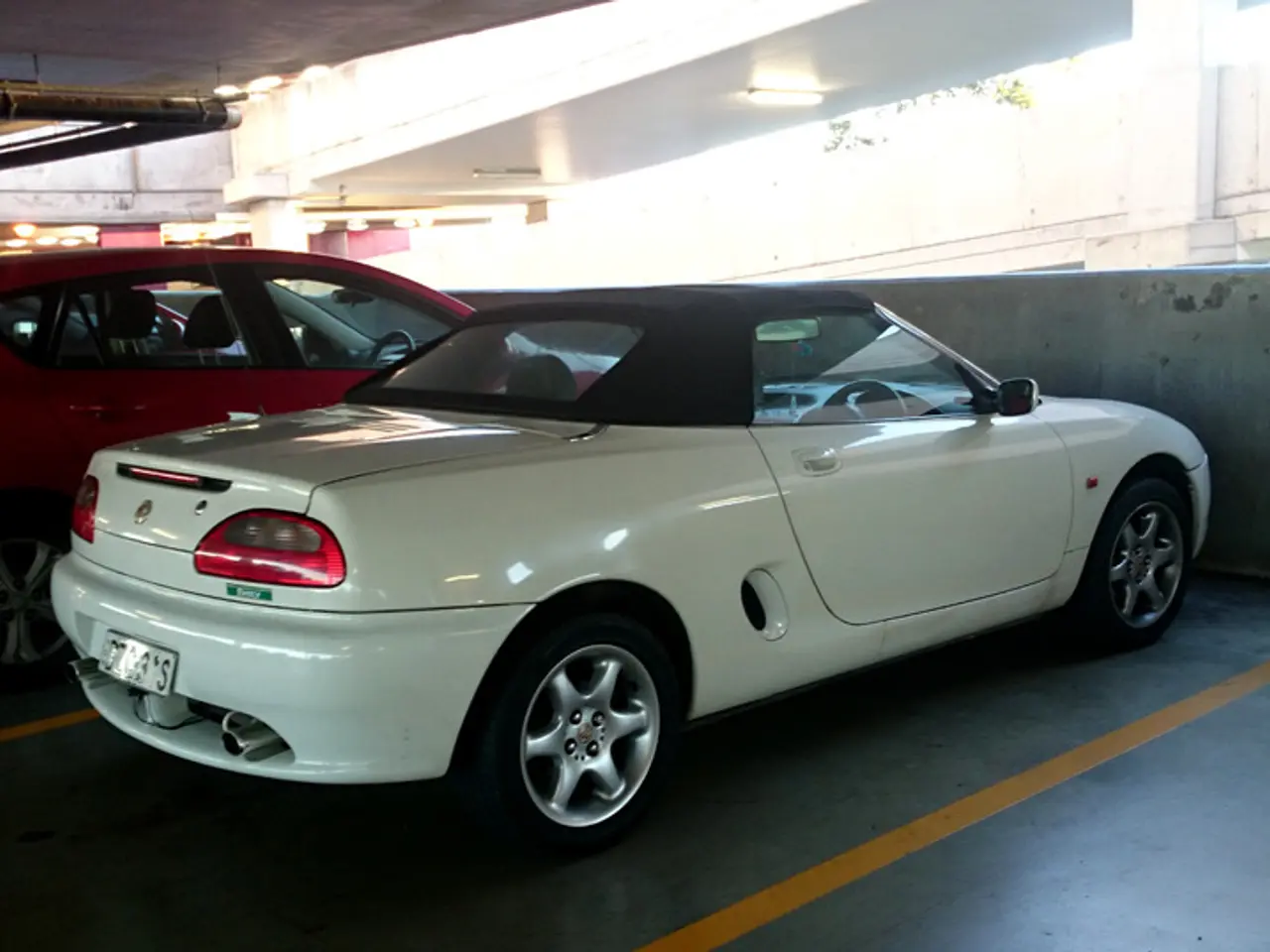Kitzbühel gas disaster leaves two workers hospitalized in critical care unit
In a concerning incident that took place in Kitzbühel, Tyrol on Tuesday, two workers were taken to a specialized clinic and a resident of the house was also hospitalized due to carbon monoxide (CO) exposure. The exposure occurred while the workers were cleaning in an underground garage.
The high levels of CO in underground garages, such as the one in Kitzbühel, are typically caused by incomplete combustion of fuel by gasoline or diesel vehicles operating or idling in enclosed or poorly ventilated areas. This results in the production of CO, an odorless, colorless gas that can quickly accumulate to dangerous concentrations when there is insufficient air circulation.
Key causes and potential sources of high CO levels in underground garages include vehicle exhaust, inadequate ventilation, faulty or blocked exhaust outlets, and fuel-burning equipment. When vehicles operate in underground garages with limited ventilation, CO levels can quickly rise to hazardous levels, posing a significant risk to those present.
In the Kitzbühel incident, the CO levels reached up to 1,300 parts per million (ppm), far exceeding the permissible maximum level for workplaces, which is 30 ppm. The high exposure levels were evident as a carbon monoxide sensor on a paramedic's backpack went off upon arrival at the scene.
It is essential to emphasize the importance of CO detectors near garages and the importance of never leaving cars running inside enclosed garages. In the described situation, no special precautions for detecting CO were mentioned, highlighting the need for increased awareness and preparedness.
Safety measures and regular checks of ventilation systems, exhaust outlets, and fuel-burning equipment in underground garages can help prevent such incidents. It is a reminder for everyone to prioritize safety and take necessary precautions to protect themselves and others from the harmful effects of CO exposure.
- Instances like the one in Kitzbühel underscore the relevance of science in understanding medical-conditions such as CO poisoning, a hazard frequently associated with health-and-wellness issues.
- Owing to the incident in the underground garage of Kitzbühel, it is crucial to prioritize general-news reports about the causes and prevention methods related to accidents stemming from high CO levels.
- In light of the Kitzbühel incident, where high CO levels led to hospitalizations, it's essential to implement safety measures, ensuring proper ventilation, and using CO detectors near garages, preventing further accidents and promoting health-and-wellness in our day-to-day lives.




